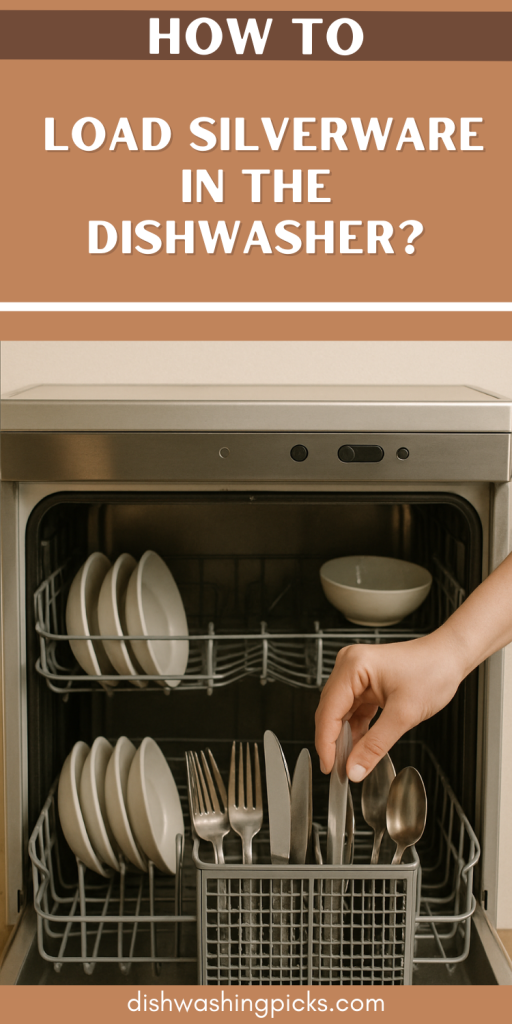
Okay, quick question before we start—how many times have you just thrown your silverware into the dishwasher without a second thought? Come on, be honest. I’m pretty sure most of us have done this more times than we care to admit. But here’s the thing: loading silverware isn’t just about chucking forks and spoons in there and hoping for the best. Nope, there’s a bit of a knack to it if you want your cutlery sparkling and, bonus, actually clean.
Why Should You Even Care?
You might be thinking, “Isn’t silverware loading just silverware loading? Does it really make a difference?” Short answer: yes. Long answer: oh, heck yes! Imagine this—if you pile all your knives, forks, and spoons all jumbled together, they end up nesting in each other like some weird cutlery cuddle puddle. And guess what? When that happens, water and soap don’t reach every nook and cranny. Result? Some pieces come out still covered in yesterday’s dinner. Gross, right?
Plus, there’s the whole safety thing. Ever reached in to grab a fork only to get a little jab? Ouch. Proper loading helps avoid that too. So, trust me, it’s worth a few extra seconds to load silverware properly.
So, How Do You Actually Do It?
Alright, let’s break down the real deal on loading silverware without turning it into a science experiment.
First, Separate Your Silverware.
Try to keep forks, knives, and spoons apart if your dishwasher has compartments or slots. Some fancy models have special silverware trays or baskets. Use those! If not, no worries — just keep similar items grouped loosely to avoid nesting.
Second, Mix It Up.
This is a bit counterintuitive, but stick with me. Alternate the direction of your utensils. Put some handles down, some handles up. Why? Well, this helps water flow around each piece more easily. Plus, it’s a simple trick to stop spoons and forks from sticking together like magnets.
Third, Watch Those Sharp Knives.
Let’s be honest: no one wants to accidentally stab themselves reaching into the dishwasher. So, load knives with the blades down for safety. Also, try to keep knives separated so they don’t dull each other during the wash.
Fourth, Don’t Overcrowd.
It’s tempting to shove all the cutlery in one basket to get it done faster, but resist that urge! Overcrowding means water can’t reach every surface, and your silverware ends up half-clean. Give them room to breathe—dishwashers work best with a little space to spray and rinse.
What About Those Weird or Odd-Shaped Utensils?
You know, the spatulas, wooden spoons, or those funky measuring spoons that don’t fit anywhere else? Here’s the trick: these often do better in the top rack or laid flat if your dishwasher allows it. Why? Because the silverware basket is usually designed for regular forks, knives, and spoons. Shoving weird shapes there can block water flow and mess with the whole cleaning process.
Oh, and here’s a little pro tip—wooden utensils? They usually don’t love the dishwasher. The heat and moisture can make them crack or warp. So, hand wash those bad boys.
Wrapping It Up—Why Bother?
Look, loading silverware right isn’t just about having sparkling forks and knives (though that’s a huge plus). It’s about making your dishwasher do its job well so you don’t end up re-washing stuff by hand. Plus, it keeps your cutlery safer and in better shape over time.
So next time you’re loading up, try mixing the directions, keep those knives safe, and give your silverware some space. It’s a tiny change that makes a big difference.
Alright, now I want to hear from you—what’s your silverware loading hack? Or do you have any dishwasher horror stories? Let’s swap tips because hey, even loading silverware can be a bit of an art form.
